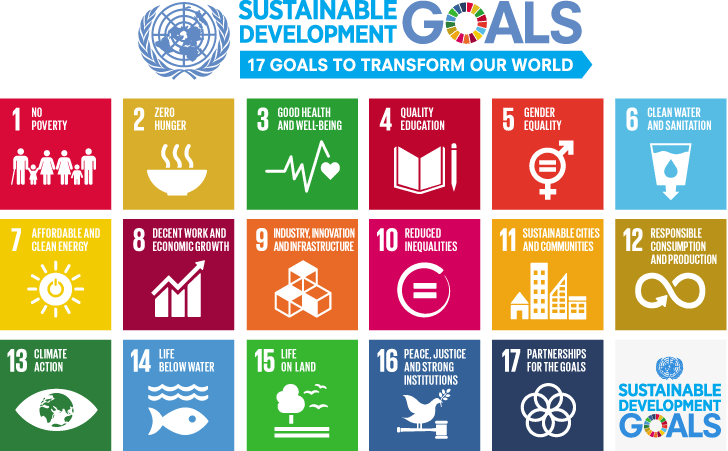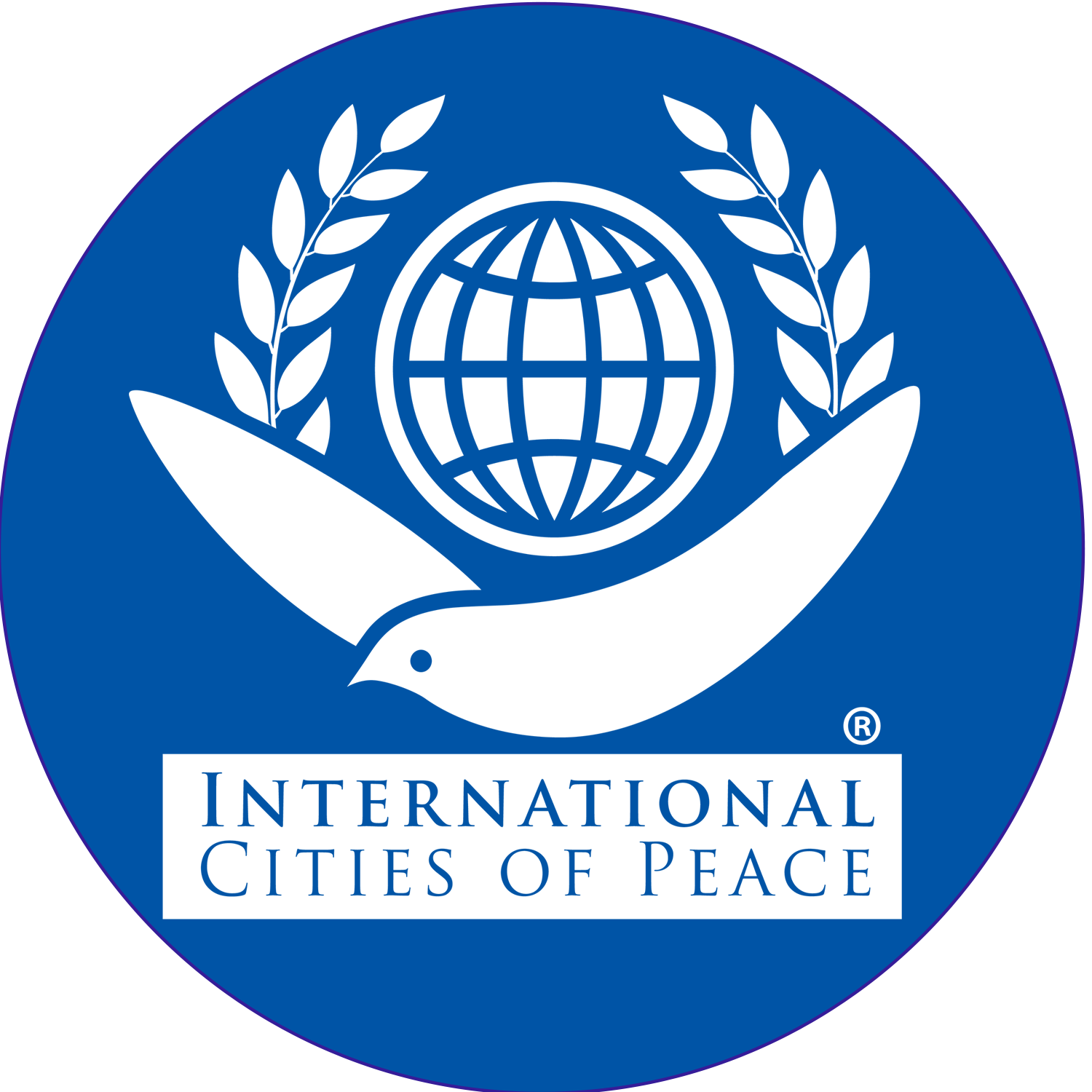The U.N. Sustainable Development Goals
A FREE COURSE FROM INTERNATIONAL CITIES OF PEACE
Edited by Faria Tasnuva. Proctor: J. Frederick Arment
Certificate upon Completion — send final Quiz to toolbox@internationalcitiesofpeae.org
This course gives an overview of the United Nations Sustainable Development Goals and outlines their intent and targets for implementation by year 2030.:
• Understand the seventeen Sustainable Development Goals
• Be aware of the factors that make progress on the Goals necessary
• Know the background of how the Goals were developed and approved by the U.N. General Assembly
• Find what you can do to help achieve the Goals
• Learn how to apply the Sustainable Development Goals in everyday actions
The Sustainable Development Goals (SDGs), also known as the Global Goals, were adopted by the United Nations General Assembly in 2015. These Global Goals are a universal call to action to ensure that by 2030 everyone on the planet will enjoy a greater level of safety, prosperity and quality of life, which are the goals of International Cities of Peace.
The 17 SDGs are interrelated, recognizing that there are challenges and synergies between each area and that actions in one may affect many or all others. For instance Goal 13 targets Climate Action with synergies for health (Goal 3), clean energy (Goal 7) cities and communities (Goal 11), and responsible consumption and production (Goal 14).
The United Nations High-Level Political Forum on Sustainable Development (HLPF) provides a forum for global monitoring of the SDG. The “SDG Tracker” was launched in June 2018 and provides data across all indicators.
The lessons are as follows:
- Goal 1: End poverty in all its forms everywhere
- Goal 2: End hunger, achieve food security and improved nutrition and promote sustainable agriculture
- Goal 3: Ensure healthy lives and promote well-being for all at all ages
- Goal 4: Ensure inclusive and equitable quality education and promote lifelong learning opportunities for all
- Goal 5: Achieve gender equality and empower all women and girls
- Goal 6: Ensure availability and sustainable management of water and sanitation for all
- Goal 7: Ensure access to affordable, reliable, sustainable and modern energy for all
- Goal 8: Promote sustained, inclusive and sustainable economic growth, full and productive employment and decent work for all
- Goal 9: Build resilient infrastructure, promote inclusive and sustainable industrialization and foster innovation
- Goal 10: Reduce inequality within and among countries
- Goal 11: Make cities and human settlements inclusive, safe, resilient and sustainable
- Goal 12: Ensure sustainable consumption and production patterns
- Goal 13: Take urgent action to combat climate change and its impacts
- Goal 14: Conserve and sustainably use the oceans, seas and marine resources for sustainable development
- Goal 15: Protect, restore and promote sustainable use of terrestrial ecosystems, sustainably manage forests, combat desertification, and halt and reverse land degradation and halt biodiversity loss
- Goal 16: Promote peaceful and inclusive societies for sustainable development, provide access to justice for all and build effective, accountable and inclusive institutions at all levels
- Goal 17: Strengthen the means of implementation and revitalize the Global Partnership for Sustainable Development
Lessons follow in this Course on the SDGs and details and summarizes each of the Goals. A quiz is provided at the end in order to complete the Course and receive a Certificate of Completion from International Cities of Peace.
NOTE: Information edited from the Sustainable Development Goals description by the United Nations.

Curriculum
- 18 Sections
- 17 Lessons
- 10 Weeks
- Section 1: END POVERTY1
- Section 2: ZERO HUNGER1
- Section 3: GOOD HEALTH AND WELL BEING1
- Section 4: QUALITY EDUCATION1
- Section 5: GENDER EQUALITY1
- Section 6: CLEAN WATER AND SANITATION1
- Section 7: AFFORDABLE AND CLEAN ENERGY1
- Section 8: DECENT WORK AND ECONOMIC GROWTH1
- Section 9: INDUSTRY, INNOVATION, AND INFRASTRUCTURE1
- Section 10: REDUCED INEQUALITIES1
- Section 11: SUSTAINABLE CITIES AND COMMUNITIES1
- Section 12: RESPONSIBLE CONSUMPTION AND PRODUCTION1
- Section 13: CLIMATE ACTION1
- Section 14: LIFE BELOW WATER1
- Section 15: LIFE ON LAND1
- Section 16: PEACE, JUSTICE AND STRONG INSTITUTIONS1
- Section 17: PARTNERSHIPS FOR THE GOALS1
- Quiz1
